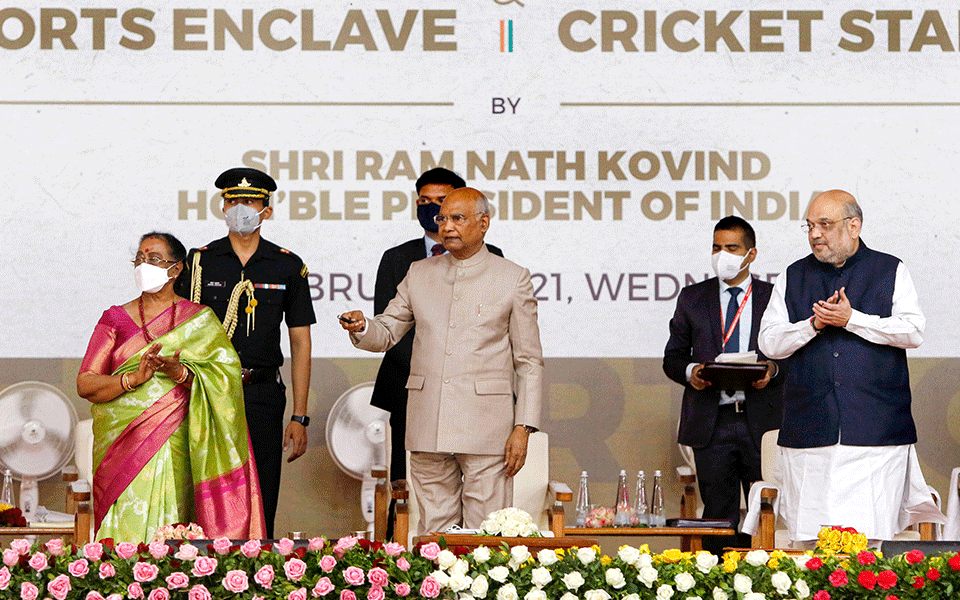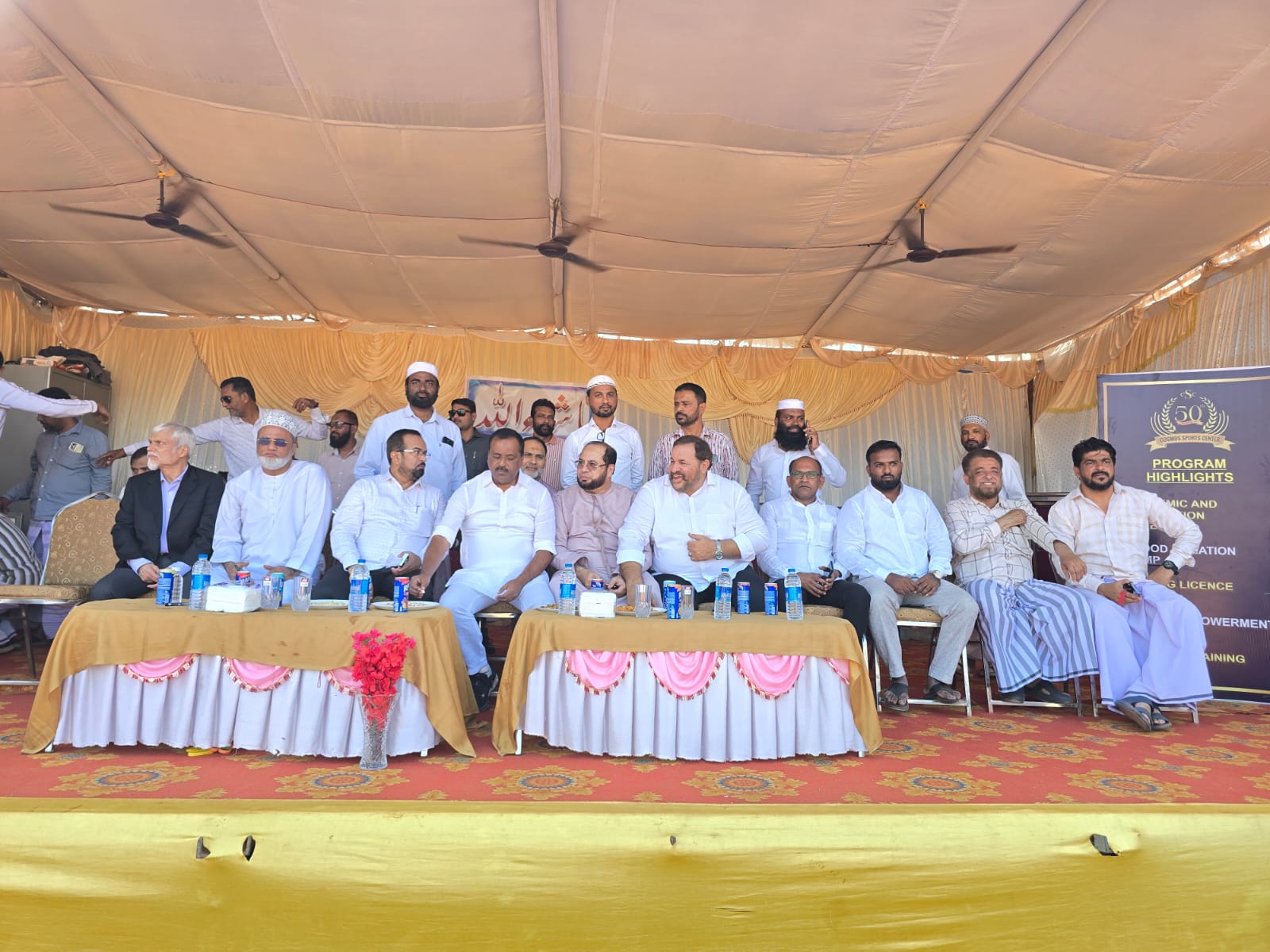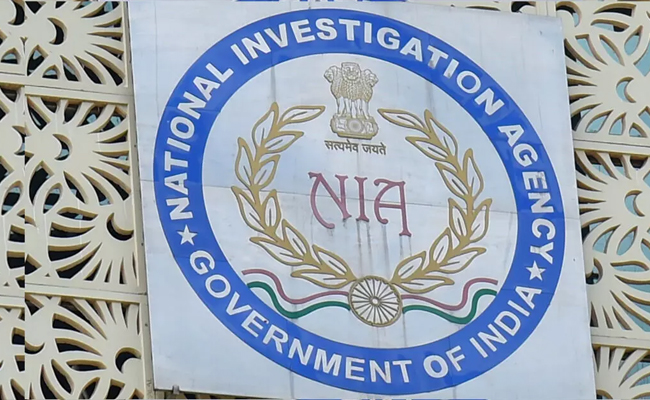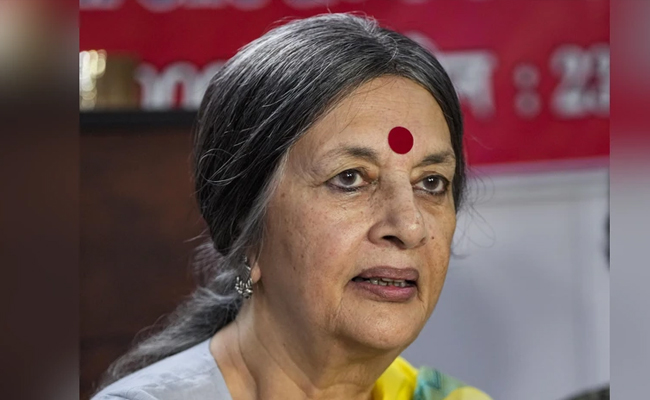Ahmedabad: India's president on Wednesday inaugurated the world's largest cricket arena here, renamed from Sardar Patel stadium to Narendra Modi stadium in honour of the prime minister who is credited with conceptualising the facility in its current awe-inspiring form.
The state-of-the-art stadium, inaugurated by President Ram Nath Kovind, can accommodate a jaw-dropping 1.32 lakh spectators and it opened with the third Test between India and England, a day-night game from Wednesday. It will also host the fourth and final game of the series from March 4.
At the toss, India skipper Virat Kohli couldn't help but wonder how it would feel to play in front of a capacity crowd here given that COVID-19 restrictions have ensured that only half of it is filled for the pink ball Test.
"This stadium was conceptualised by Prime Minister Narendra Modi when he was Chief Minister of Gujarat. He was president of the Gujarat Cricket Association at that time," Kovind said in his address after the inauguration.
The renaming of the stadium was kept under wraps until after it was formally inaugurated.
"It represents India's aspirations and strength. India is called hub of cricket, so it is appropriate that we have the largest stadium. It will give India a new identity," Kovind said.
Also present on the occasion was Home Minister Amit Shah and Sports Minister Kiren Rijiju along with a host of other dignitaries.
"We have decided to name it after the country's Prime Minister. It was Modi ji's dream project," said Shah after the inauguration.
The President also performed the ground-breaking ceremony for a sports complex in the stadium, to be named Sardar Vallabhbhai Patel sports enclave, for disciplines like football, hockey, basketball, kabbadi, boxing, and lawn tennis among others.
The ambitious 215-acre project, under which 20 stadiums will be built will have accommodation facilities for athletes and coaches. Another sports complex is coming up in Naranpura for multi-disciplinary sporting events in future.
"I am confident that this enclave will give a new global identity to Ahmedabad in terms of world-class sports infrastructure," Kovind said.
"These three complexes will be on 233 acre of land which is sufficient to host Commonwealth Games, Asian Games and even Olympics. Ahmedabad can be ready in six months," asserted Shah.
Spread over 63 acres, the stadium has been built at an estimated cost of Rs 800 crore and with a seating capacity for 1,32,000 spectators, it has surpassed the hallowed Melbourne Cricket Ground which can accommodate 90,000.
"The total area is equivalent to 32 Olympic size soccer fields put together," stated a note from the Press Information Bureau giving specifics of the enormous structure.
The facility, which was closed for renovation in 2015, was witness to some major milestones in Indian cricket in its previous avatar.
These included Sunil Gavaskar reaching the 10,000 runs mark in Test cricket against Pakistan in 1987 and Kapil Dev claiming his 432nd Test wicket to become the highest wicket-taker in the world in 1994, surpassing Sir Richard Hadlee.
Australian architect firm Populous, which designed the Melbourne Cricket Stadium among others, is the architect of the new stadium.
It has 11 pitches made of both red and black soil and is the only stadium in the world to have same soil surfaces for the main and practice pitches.
"As children, we used to dream about the world's largest stadium in India. And now as sports minister, my happiness knows no bounds that this has finally happened," said Rijiju at the inauguration.
"It is one of the most modern sports facilities in the world," he added.
Players from both the India and England teams, who have been training here for the past few days, have expressed their admiration for what they have experienced at the arena.
The ground claims to have a drainage system which will take just 30 minutes from the time it stops raining to drain out the water.
Instead of high mast floodlights, the field of play has LED lights fixed along the perimeter of the roof providing shadow-less light -- a first of its kind arrangement in India.
This is the only cricket stadium in the world to have four dressing rooms for the players so that back-to-back games can be played on the same day.
It also has a cricket academy, indoor practice pitches, and two separate practice grounds with small pavilion area.
Let the Truth be known. If you read VB and like VB, please be a VB Supporter and Help us deliver the Truth to one and all.
Mumbai (PTI): In view of Argentine superstar footballer Lionel Messi's visit to Mumbai on Sunday, the city police are implementing stringent security measures, like not allowing water bottles, metals, coins inside the stadiums and setting up watchtowers to keep an eye on the crowd, officials said.
The police also said taking extra care to avoid any stampede-like situation and to prevent recurrence of the chaotic situation that unfolded in Kolkata during Messi's visit on Saturday as thousands of fans protested inside the Salt Lake stadium here after failing to catch a clear glimpse of the football icon despite paying hefty sums for tickets.
Messi is expected to be present at the Cricket Club of India (Brabourne Stadium) in Mumbai on Sunday for a Padel GOAT Cup event followed by attending a celebrity football match. He is expected to proceed to the Wankhede Stadium for the GOAT India Tour main event around 5 pm.
"In view of Lionel Messi's visit to Mumbai, the police are geared up and have put in place a high level of security arrangements in and around the stadiums located in south Mumbai. Considering the chaos that prevailed in Kolkata and the security breach, we have deployed World Cup-level security arrangements at Brabourne and Wankhede stadiums," an official said.
Expecting heavy crowd near the stadiums during Messi's visit, the city police force has deployed more than 2,000 of its personnel near and around both the venues, he said.
As the Mumbai police have the experience of security 'bandobast' during the victory parade of ICC World Cup-winning Indian team and World Cup final match at the Wankhede Stadium, in which over one lakh cricket fans had gathered, we are prepared to handle a large crowd of fans, he said.
"We are trying to avoid the errors that occurred in the past," the official said.
There is no place to sneak inside the stadiums in Mumbai like the Kolkata stadium, according to him.
The police are also asking the organisers to provide all the required facilities to the fans inside the stadium, so that there will be no chaos, he said, adding the spectators have purchased tickets in the range of Rs 5,000 to 25,000. After paying so much of amount, any spectator expects proper services, while enjoying the event, he said.
The police are expecting 33,000 spectators at the Wankhede Stadium and over 4,000 at Brabourne Stadium. Besides this, more than 30,000 people are expected outside and around the stadiums just to have a glimpse of the football sensation, he said.
The organisers responsible for Messi's India visit recently came to Mumbai to discuss security arrangements. During the meeting, the Mumbai police asked them not to take the event lightly, according to the official.
After those requirements were fulfilled, the final security deployment was chalked out, he said.
Police has the standard procedure of the security arrangements inside the Wankhede Stadium, where people are barred from taking water bottles, metals objects, coins. Police are setting up watch towers near the stadiums and there will be traffic diversions, so that there is maximum space available to stand, according to the official.
Police are also appealing to the spectators to use public transport service for commuting and avoid personal vehicles to reach south Mumbai.
To avoid any stampede-like situation, police are also taking precautionary measures and will stop the fans some distance ahead of the stadium and public announcement systems will be used to guide the crowd. Barricades will be placed at various places to manage the crowd.
In case the crowd swells up beyond expectation, the police will divert people to other grounds and preparations in this regard underway, he said.
Additional police force has been deployed in south Mumbai to tackle any kind of situation, he said.





